Our consultants are trained in children’s dermatology. They will provide expert treatment of your child’s skin disease. An accurate diagnosis and management plan will promptly improve the quality of life for you & your child.
Cutis Dermatology offers a variety of active Childrens Dermatology treatment options.
- Eczema Management
- Acne treatments
- Birthmark treatments
- Hair Loss Alopecia Areata
- Pityriasis Rosea Management
- Perioral Dermatitis
Our results speak for themselves

Before
After
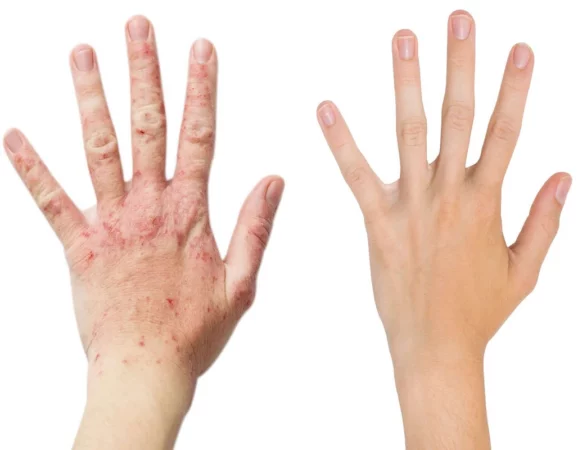
Emollients, anti-inflammatory medications
& soap substitutes are the mainstay for
eczema management
Ask us more about this treatmant
Preferred Consultation
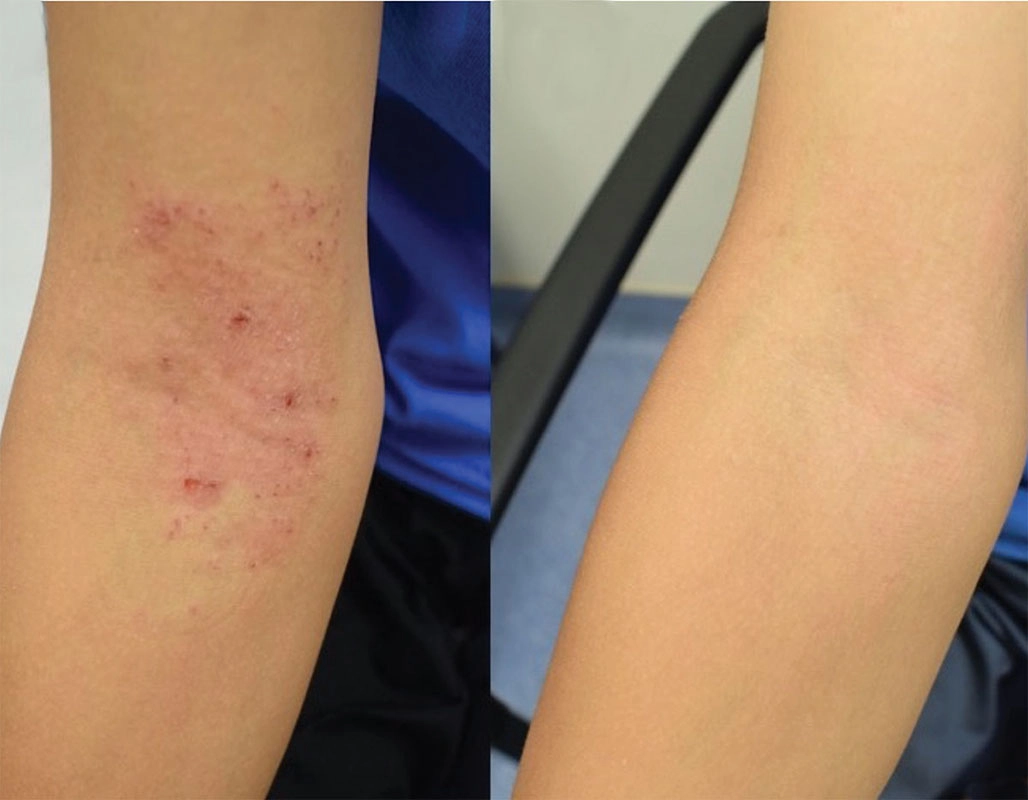
Before
After
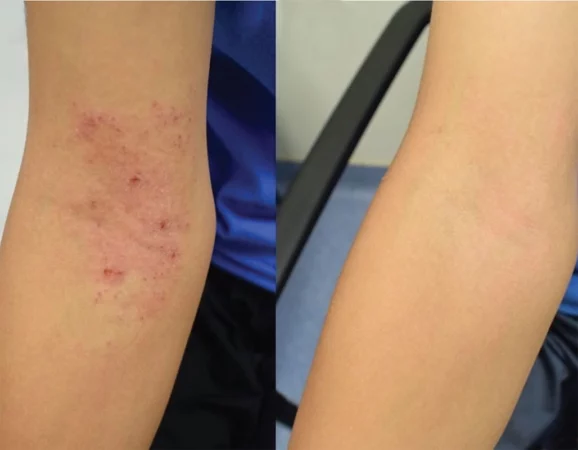
Narrowband phototherapy can reduce the
requirement for steroids when treating
eczema
Ask us more about this treatmant
Preferred Consultation
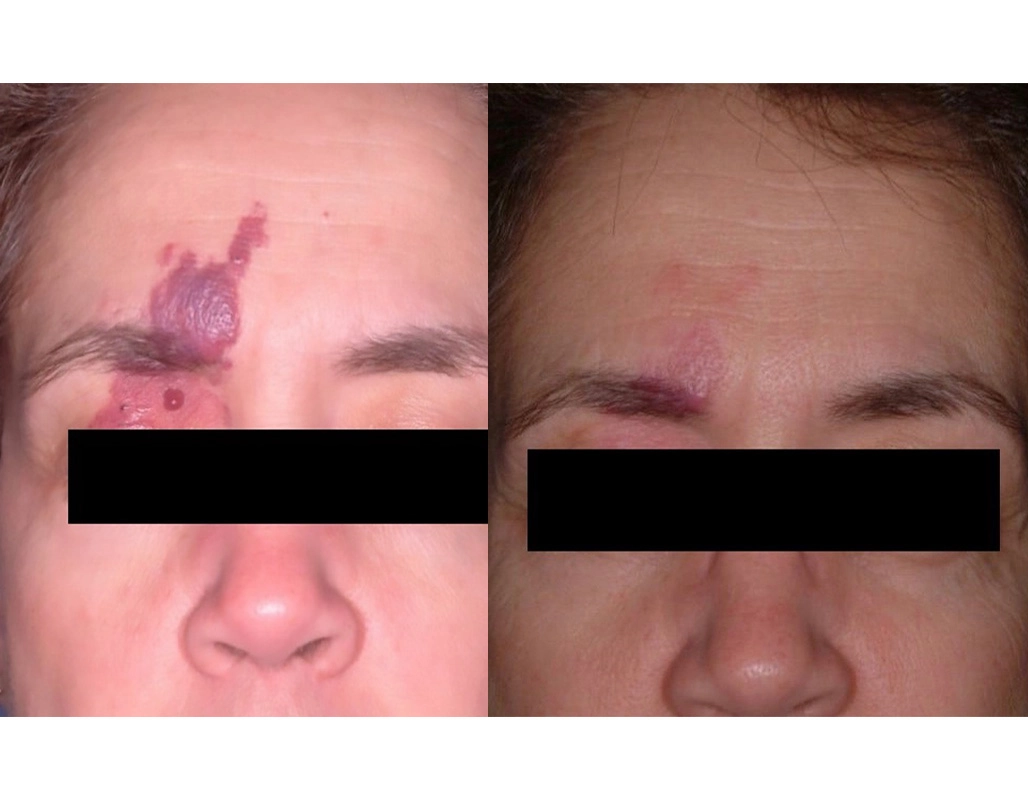
Before
After
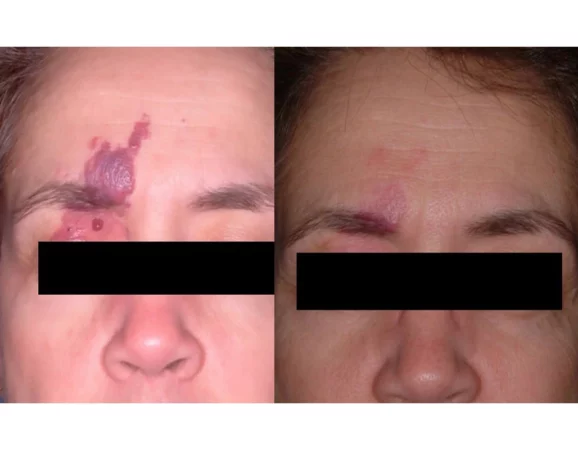
Vascular laser for port wine stain
Ask us more about this treatmant
Preferred Consultation
Childrens Dermatology Treatments
Who are our paediatric dermatologists?
Hair disorders in children
Cutis Dermatology has 4 consultant dermatologists who specialize in paediatric dermatology. Dr Heba Jibreal also sees complex cases at Brisbane’s Children Hospital.
Cutis Dermatology in Brisbane has one of Australia’s leading hair experts, Dr Esh.
Common hair disorders include alopecia areata, trichotillomania, cradle cap, & infections. Our hair clinic can diagnose & manage all conditions – from common to super rare.
Eczema & dermatitis
Acne in children
Our team of specialists can handle all forms of dermatitis, from nappy rashes to severe atopic eczema. We pride ourselves with patient & parent education. As parents, we understand the stress of dealing with dermatitis & will provide safe & effective treatments for your child.
For complex cases, our consultants have admitting rights at the Brisbane Children’s Hospital. We also liaise with dieticians, allergists & immunologists for investigations & desensitizing.
Our team can manage all cases of acne in children & teens. Treatments include chemical peels, phototherapy, extractions, topical medication & prescriptive medicines. Rest assured our team of experts will safely & effectively find a solution to resolve even the most severe cases of acne. Early & effective management of acne will mitigate acne scarring.
Cutis Dermatology has 4 consultant dermatologists who specialize in paediatric dermatology. Dr Heba Jibreal also sees complex cases at Brisbane’s Children Hospital.
FAQs
Why Cutis Dermatology Brisbane?
Our specialist team has 2 paediatric dermatologists who manage all skin conditions in neonates, children & adolescents, from common rashes, to acute & rare conditions.
Dr Heba Jibreal has admitting rights to The Brisbane Children’s Hospital & oversees the paediatric outpatient department.
What is cradle cap?
Cradle cap, also known as seborrheic dermatitis, is a common rash that is characterised by scaly, greasy patches that form on the baby’s scalp. Dermatitis can also appear on other areas of a baby’s body including the face and nappy area.
What are the symptoms of Cradle Cap?
Yellowish to brown greasy scales form on the head of infants at 4 to 12 weeks. Severe cases can cover the entire scalp. Over time this scale becomes flakier & begins to peel off.
Cradle cap is harmless & asymptomatic. Seborrheic dermatitis in babies can also affect the face, around the eyelids, & nose. It can also affect the nappy area. Symptoms of all forms of seborrheic dermatitis in babies usually disappear by 12-15 months of age.
How does a dermatologist treat cradle cap?
Cradle cap usually resolves naturally without any treatment. We can assist in expediting scale removal with –
- Shampoos & lotions
- Olive oil mixed with beta-hydroxy acids
- Wet soaks
- Topical anti-inflammatories & antifungals.
How to treat acne in children?
An algorithm that we follow takes into account-
- The severity of acne in children
- The amount of potential scarring
- The psychological aspect of acne, especially in adolescents
- Family history & past treatments
We then formulate a plan based on the above. Most cases can be managed with topicals & good hygiene. We also use peels, light therapy & lasers. If indicated, we can initiate higher level treatments. Safety is always paramount.
What are common hair loss disorders in children?
Hair loss disorders are common presentations in children & teenagers. Dr Esh & Dr Heba are experts in the management of all hair disorders including common conditions are ultra-rare genetic cases.
Cradle cap is common in infants. It’s a form of dermatitis that responds well to anti-inflammatory creams & moisturizers.
Tinea infection, known as tinea capitis, can be challenging to diagnose. There are many types of fungi, a skin scraping, or hair test can be useful.
Head lice is common, & easily missed. Our team can manage it without the drastic need to shave off the hair.
Alopecia areata is very common, it presents as a patch of baldness on the scalp. Most cases are small, however global loss of hair is not uncommon. Dr Esh is one of the most experienced dermatologists in Australia at treating this complex cause of hair loss.
Trichotllomania is frequently seen in children. It is self-limiting, however our dermatologist can discuss ways to treat it.
What causes Molluscum?
Molluscum contagiosum can spread from children to children by direct contact particularly in damp environments such as baths & swimming pools. It mainly affects children under the age of 10 years & frequently occurs in families due to shared baths & towels. The skin infection tends to be more common in kids who also have atopic eczema or those with a poor immune function.
How do we treat molluscum contagiosum?
Molluscum is a viral infection of the skin, much like warts. It can cause an eczema-like reaction to the surrounding skin. Most cases are self-limiting.
A dermatologist might take the roof of the molluscum off to help them clear up quicker. Molluscum can sometimes be carefully frozen.
Creams such as those containing hydrogen or benzoyl peroxide that can help clear the molluscum more quickly. One of our Brisbane dermatologists can advise you on the best molluscum contagiosum treatment to reduce the symptoms.
What is tinea capitis?
Tinea Capitis is the name of a condition also known as scalp fungus. Tinea Capitis can be caused by a number of fungi from animals such as cats, cattle, pigs and horses. Children are at highest risk of the condition, as it most prevalently affects children aged between four to eight.
How does a Dermatologist treat Tinea Capitis?
Antifungal medicines are prescribed to treat scalp fungal infections. Tablets provide a much better clearance compared to creams & lotions. The course of treatment ranges from 4 to 8 weeks. If a kerion is present and it has become infected and swollen, a dermatologist may also prescribe further medicines to alleviate pain and reduce the inflammation.
What is Impetigo or school sores?
Impetigo is a contagious bacterial skin infection on the surface of the skin.
It is a very common skin condition seen by our paediatric dermatologists. Impetigo is characterised by scabs & pustules which can make the skin sore & itchy.
What causes impetigo?
Impetigo is caused by the bacteria Staphylococcus aureus also known as staph. It spreads via skin-to-skin contact, & hence is common in school-age children. Bacteria can pass on bedding, clothes & laundry. towels and can spread fast. Impetigo can be acquired through germs in a hospital or community. Impetigo is more frequent in warm and humid weather, hence why it is so prevalent in Brisbane. Kids with eczema are frequently infected with impetigo.
How does a Dermatologist diagnose Impetigo?
Dermatologists will diagnose the clinical appearance of the condition. A swab is usually taken to determine the bacteria that is present and what antibiotics that bacteria is sensitive to. We may take a swab of the nose, axilla & groin to check for underlying Staphylococcus carriage. This can be useful for other family members- especially if they are carriers.
How do you treat Impetigo?
Treatment of impetigo is via appropriate antibiotics such as dicloxacillin or flucloxacillin.
Gentle bathing of the area usually with an antibacterial preparation such as dilute Condy’s crystals or QV bath oil with triclosan. We also address any underlying skin conditions such as eczema.
Personal hygiene is important with impetigo including keeping cutting nails short & avoiding scratching or picking of the lesions. Towels and clothing should not be shared with family members.
What are Warts and Verrucas?
Warts are caused by the human papilloma virus (HPV).
Common sites include the hands & feet. Warts that develop on the sole of the foot are called verrucas. Hand warts are asymptomatic but warts on the feet can cause pain & discomfort.
What causes Warts and Verrucas?
There are over 100 strains of HPV, and of these, roughly 60 cause warts on the hands or feet.
Warts are more common in school-age children, warts can also affect otherwise healthy adults.
How do we manage verruca and warts?
Warts can be burned or in effect “frozen” off using liquid nitrogen during a process known as cryotherapy or treated with immune modifiers & high strength chemical peels including salicylic acid. Treatments will be discussed in more detail by your treating dermatologist.
What types of birthmarks do we see?
Birthmarks can be divided into red, brown & mixed.
- Red birthmarks include stork marks, haemangiomas & port wine stains.
- Brown birthmarks include Cafe Au Lait Macules & congenital moles.
- Mixed birthmarks include sebaceous & epidermal nevi & rare conditions including aplastic naevei. Our dermatologists hold positions in public hospitals, so birthmarks require management, it can be done under sedation.
How do we treat perioral dermatitis in children?
POD or perioral dermatitis is common in children. The cause of the eczema is unknown in most cases, some can be related to steroid use (inhalers & creams), whilst others are linked to topicals like Kenacomb, BioOil, & others.
We can easily manage this condition with a combination of anti-inflammatory tablets & soap substitutes.


